
The discovery and operation of various diamond mines across the globe drive the diamond industry. Among these mining operations, the biggest diamond mines stand out for their immense size and productivity. These colossal mines, spread across different continents, have become renowned for their significant contributions to the global diamond supply. From the vast open-pit mines in Africa to the underground mines in Canada, the biggest diamond mines continue to shape the industry. These mining giants employ advanced technologies and thousands of workers to extract natural diamonds from the earth, fulfilling both commercial and consumer demands. With their massive scale and unparalleled production capabilities, the biggest diamond mines play a pivotal role in ensuring a steady flow of these precious gemstones to meet the world's appetite for their beauty and rarity.
Diamond mining is one of the world's most prestigious and profitable industries. For centuries, diamonds have been an essential component of royal crowns. But in addition to jewellery, they are used in business and science. Being the most complex material on Earth, they’re used to cut, drill, or grind other hard materials.
The diamond industry is a multibillion-dollar market. Diamonds are used to manufacture tools and machinery, such as drills and saws.
If you're interested in learning about the treasure houses of diamonds (a.k.a. diamond mines), you're in the right spot. Several methods are utilized to reach the world's diamond reserves, including open-pit, underground, and alluvial mining (used for riverbeds and beaches). They can be discovered in kimberlite, an igneous rock transported closer to the earth's surface by a particular kind of volcanic explosion called a kimberlite eruption.
Read on to learn about the five largest diamond mines in the world.
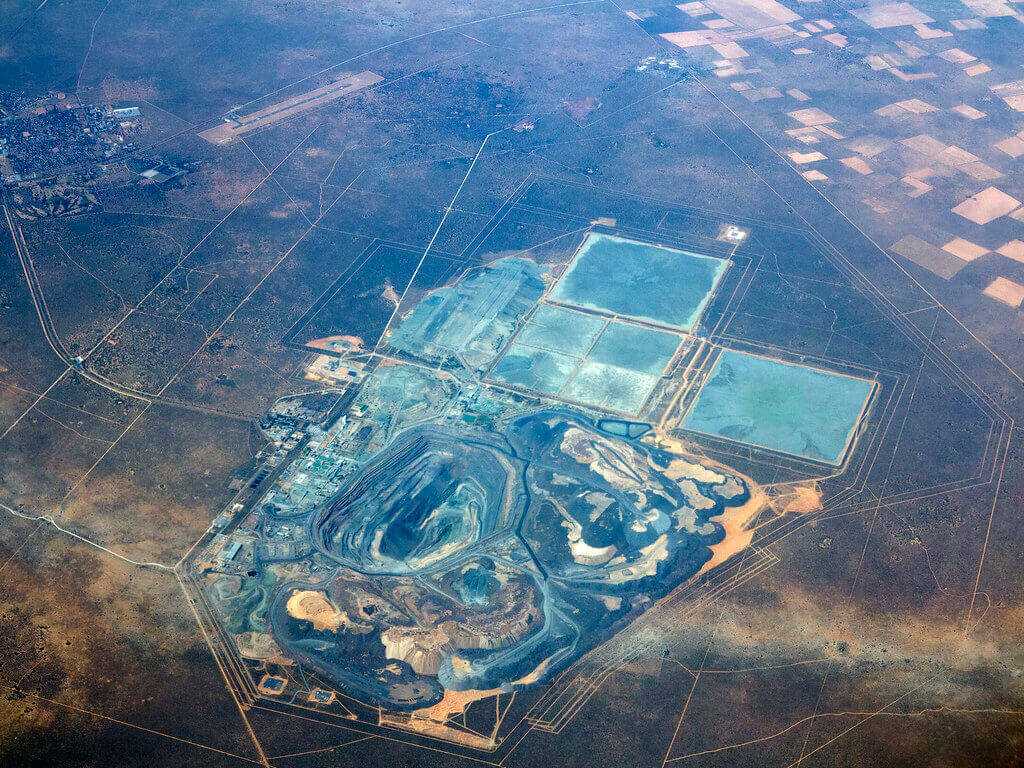
Jwaneng, an open-pit mine 160 miles from Gaborone, is the most valuable diamond mine in terms of value. It was founded in 1972 and began commercial production in 1982. Debswana, a partnership between De Beers and the government of Botswana, owns and runs Jwaneng. It is situated in the southern part of the country, in the Kalahari Desert. De Beers Group is the biggest mining company in the world, possessing 35% of global rough diamond production. Owned by Debswana Diamond Company, a joint venture between De Beers and the Government of Botswana. Currently, the mine operates at a depth of 400 meters. The location of the Jwaneng mine also encompasses the Jwana Game Park, which is active in cheetah conservation in the African nation. Jwaneng is renowned for the quality of diamonds that it excavates, and the site has also been garlanded with numerous national and international safety awards.
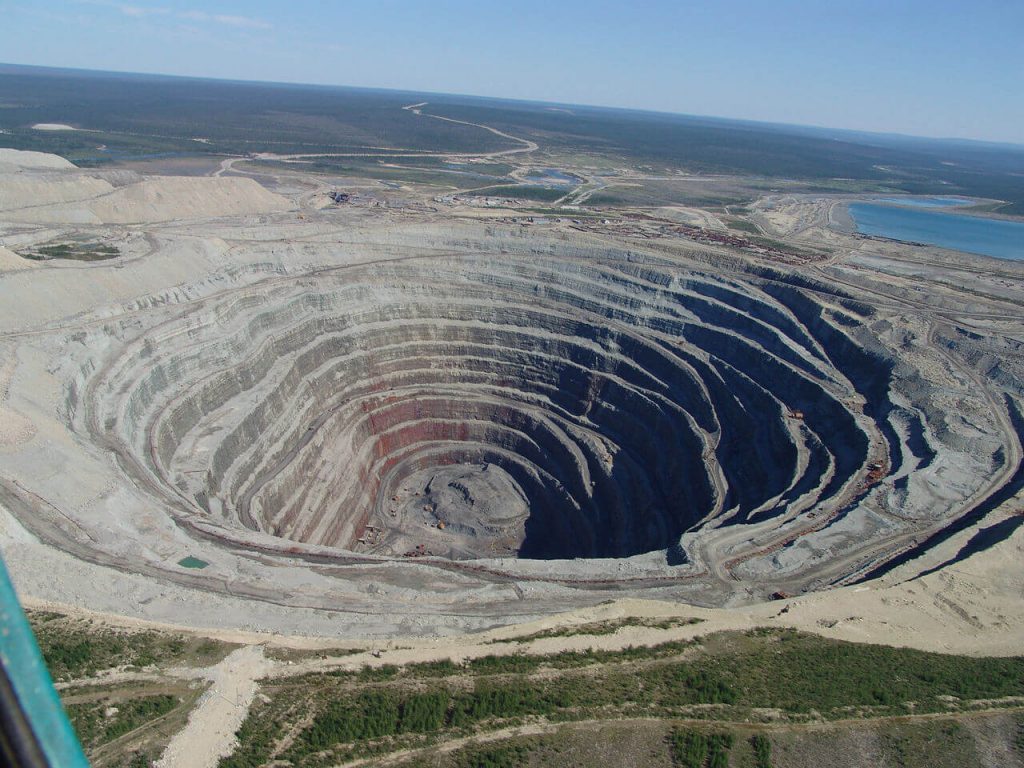
Udachny is the third-biggest diamond mine in the world and is also located in Yakutia, like the Aikhal mine. It is part of the ALROSA Group. The diamond mine is an open-pit mine with a depth of more than 630 meters, which is considerably deep for an open pit. It consists of the Verkhne-Munskoe pipe, the Udachny pipe, and the Ziarnista pipe. More than 164 million carats of diamonds were totaled during the course of these deposits. The most productive mine in Russian history, Udachny, may be thought of as Mir's twin. Beginning in 1971, open-pit operations at the Udachnaya pipe eventually ran out of reserves by 2016.
The mine is currently operating at a depth of 110m and is designed to reach 200m. Udachny is also notable for being one of the ten deepest open mines anywhere in the world. The annual production of the mine is around 5 million carats due to the underground mine.
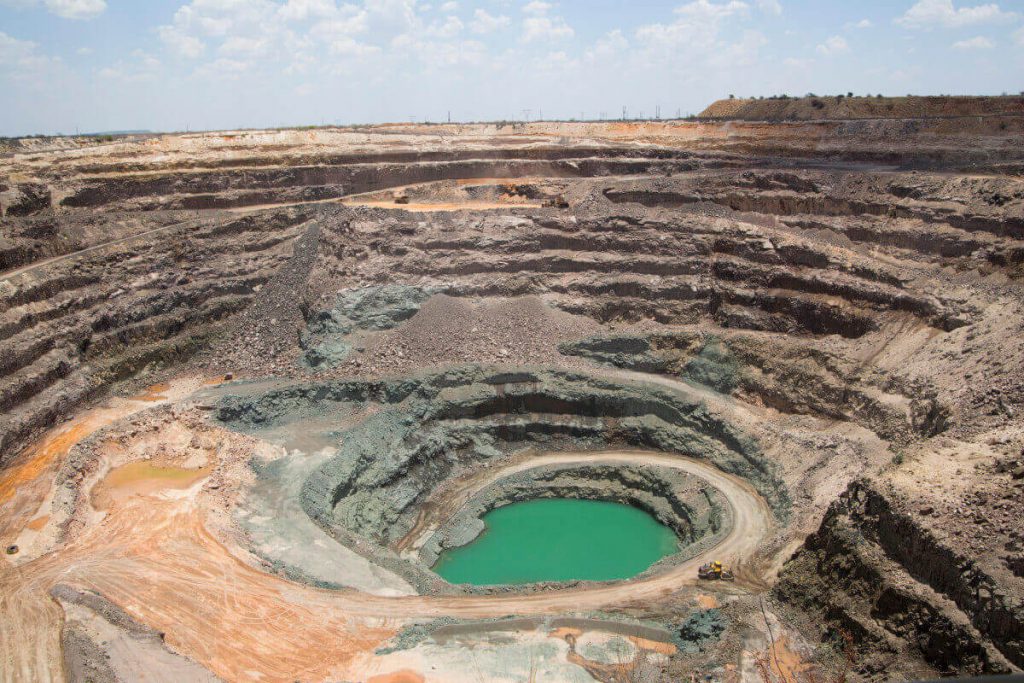
The Orapa diamond mine is named for the eastern Botswanan city where it is situated. Similar to the Jwaneng mine, the De Beers Group owns the diamond mine through a partnership with the government of Botswana. It produces about 11 million carats per year. The Orapa mine is one of the largest diamond mines in the world and has been in operation since 1971. The diamonds produced at the mine are known for their high quality and are sold globally through De Beers' distribution channels. A new town was developed to service this mine, which is regarded as one of the largest mines in the world in terms of area. Mining is now being done at a depth of 250m and is anticipated to reach 450m by 2026. In 2006, they set a record with 17.3 million carats of diamonds. Debswana is now doing a rigorous study to extend the mine life with a new open pit termed Cut 3.
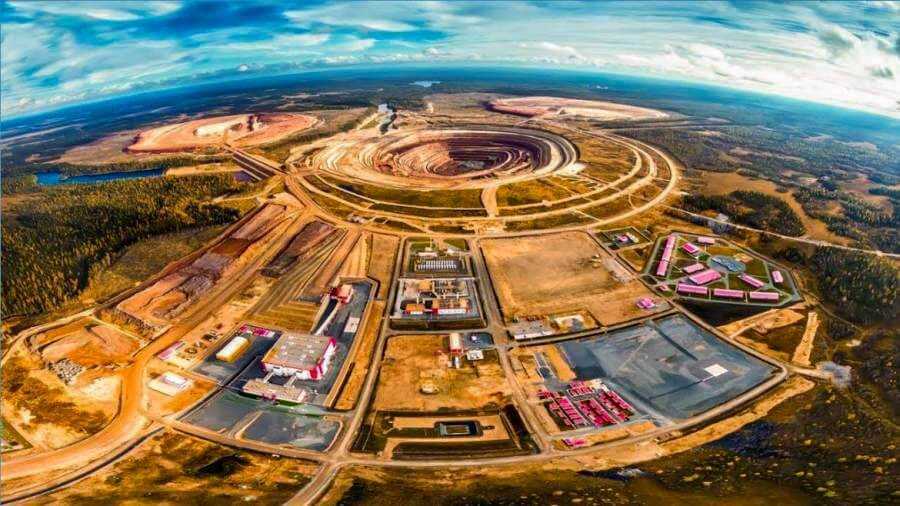
Northeast Angola is where the Catoca diamond mine resides. The African diamond mine is the sixth-largest diamond mine in the world. It is owned through a joint venture between Endiama (32.8%), The ALROSA Group (32.8%), China Sonagol (18%), and Odebrecht Mining (16.4%). The Catoca is an open-pit mine that began production in 1997. Its normal annual output is around 10 million carats, but it had a downfall in 2020 of 80%. This diamond mine is run by Sociedade Mineira De Catoca in collaboration with Alrosa, Endiama, and Lev Leviev. The Catoca mine produced 7.65 million metric tons of diamonds from approximately 11.42 million metric tons of ore in 2016, which accounted for 75% of Angola’s total diamond output. The operating depth at the open-pit mine currently exceeds 245 meters. Despite the significant drop in production in 2020, the Catoca mine remains one of the largest diamond mines in the world.
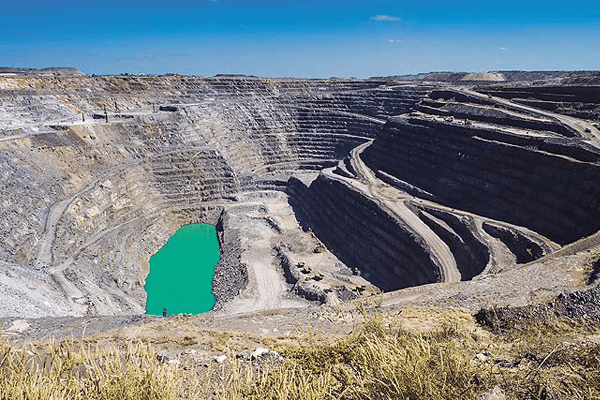
Near the Limpopo River in South Africa's northeast is where you'll find the Venetia diamond mine. This diamond mine accounts for 40% of South Africa’s annual diamond production. Thereby, it is the biggest diamond-producing mine in South Africa. It is currently an open-pit mine, but that will only last until 2021. After then, production will take place in an underground mine with a projected life of up to 2046. It is owned by De Beers. In 2013, De Beers committed to investing up to $2 billion to expand the Venetia mine underground, with production to commence in 2022. The expansion plan could add considerably more reserves to the project than currently estimated. Excavation work for the underground operations was commenced in 2013, with the decline tunnel reaching a depth of 2,400m in 2018. Production from the underground mine is expected to start in 2022.
| Diamond Mine | Location |
| Argyle Diamond Mine | Western Australia |
| Cullinan Diamond Mine | South Africa |
| Diavik Diamond Mine | Canada |
| Ekati Diamond Mine | Canada |
| Finsch Diamond Mine | South Africa |
| Jubilee Diamond Mine | Russia |
| Jwaneng Diamond Mine | Botswana |
| Karowe Diamond Mine | Botswana |
| Mirny Diamond Mine | Russia |
| Orapa Diamond Mine | Botswana |
| Premier Diamond Mine | South Africa |
| Venetia Diamond Mine | South Africa |
| Williamson Diamond Mine | Tanzania |
As you surely observed, Russia boasts the world’s largest and wealthiest diamond resources. On the map, Botswana is another major participant from Africa. Africa's Angola is well recognised for its medium- and yellowish-colored round diamonds. These are the top five biggest diamond mines in the world. If you are interested in knowing more about diamond cut, shape, and size, visit our website, V. Jayantilal & Co., to upgrade your knowledge.